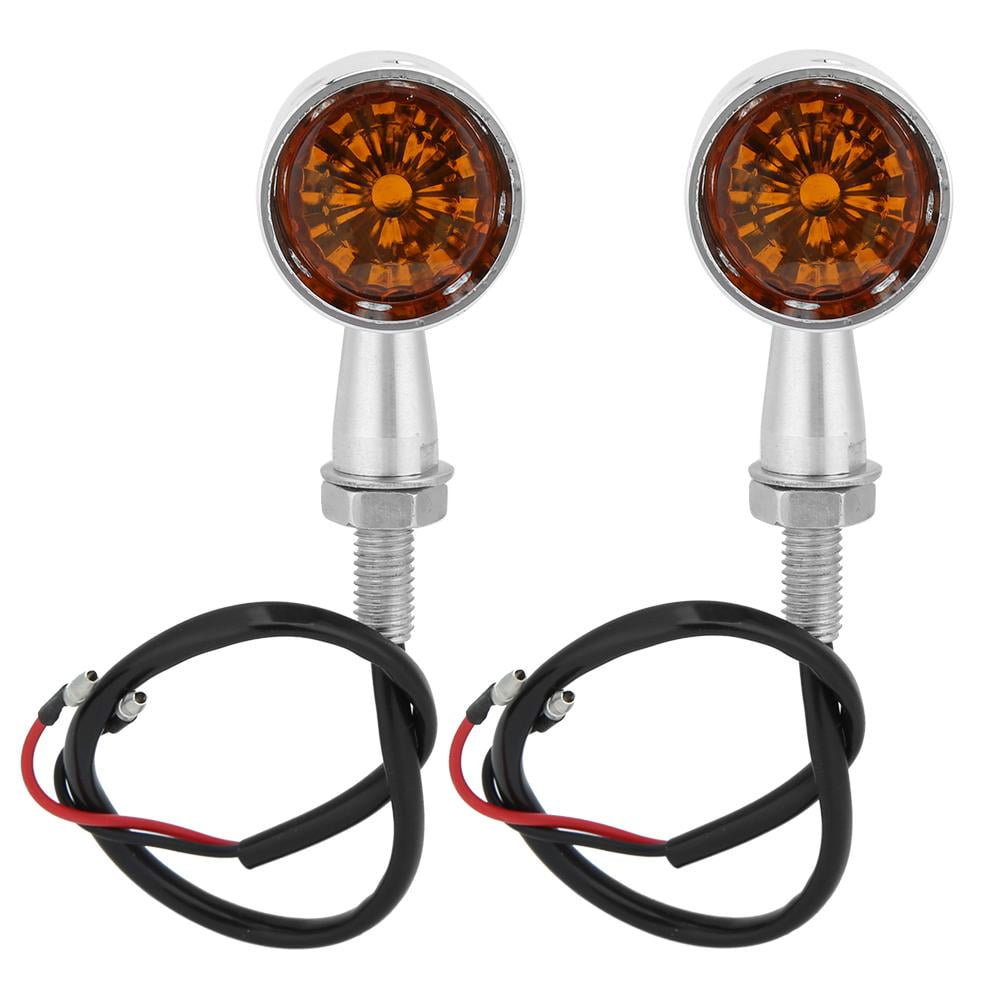
#Universal signals pro
In addition Wayne has produced the popular "In Depth" Instructional Video Series for Sea Kayaking.The Home Pro Universal Signal Booster works on 850/900/1800/2100 MHz frequency. Wayne Horodowich, founder of The University of Sea Kayaking (USK) writes monthly articles for the USK web site. Pictures seen above were taken from the USK Video "ABC's of the Surf Zone". Permission to use this article must be obtained from Wayne Horodowich at the University of Sea Kayaking ( ). The emergency and OK symbol are more widely accepted. It would be nice if some basic ones were adopted by all.
#Universal signals how to
The signals mentioned above, and how to use them with your paddling partners, should be discussed and agreed upon before you get on the water.Īs I mentioned earlier, these signals have some common threads crossing over to whitewater paddling, rafting and SCUBA diving but don't assume they are universal. I let my action show I have received the signals. If I am landing in a surf zone and I am following paddle signals for landing through waves, I will not take the time to acknowledge the signals. There are times when it is nice to flash the OK sign to acknowledge the paddle or arm signal you were given. This is also assuming I know that they understand the OK signal. If still no response I assume they need help. If I ask a fellow paddler if they are OK and I get no response, I keep trying.

I respond with the OK sign as a confirmation. When I see someone take a bad spill in the surf but they flash me the OK sign I appreciate the proactive message. The OK sign can be a question or a response depending on the situation. I am attempting to make the letter "O" on one side of my body with my arm. If I want to signal that I am OK or ask if someone is OK, I will hold one arm out to the side and then place my fingertips back over my head.

I use the side-to-side wave as emergency if it is done quickly, and as a GATHER-UP signal if it is a slow wide wave to the group. In many sports the waving of your hand from side to side means EMERGENCY. I use this most often when leading from behind but have to move the group toward or away from shore or cliffs. To move the kayaker to the right or left, point your paddle or one arm, up and to the side you wish them to travel. This is most often used in the surf zone or to back away from obstacles. If you alternately move each end of the paddle up and down or each arm, it means move BACKWARDS in your kayak. If there is a current you may have to be paddling to hold the position. The paddle held horizontal, or the arms out-stretched to the side, means STOP your paddling and/or hold your position. The STOP means keep the kayak where it is. If you are landing through a surf zone it means go and paddle towards me. On a tour, the GO means paddle in the agreed upon direction previously discussed. When doing paddle or arm signals be sure the flat of the blade or hand is used whenever possible for greater visibility. Below are the basic signals performed with paddles and their corresponding arm signals. The signals are primarily for directing the movements of kayakers. Keep in mind not everyone speaks the same paddle language so it is important to review signals within your group at the beginning of the day and agree upon their meaning.

Over the years of sharing ideas with other instructors around the country and also using signals established in some other sports, I have found the following signals as the most consistent. Your paddle or arms can be seen over farther distance than hand signals and noise cannot drown them out.

One of the more reliable ways of doing so is with paddle or arm signals. There are many different ways to communicate.


 0 kommentar(er)
0 kommentar(er)
